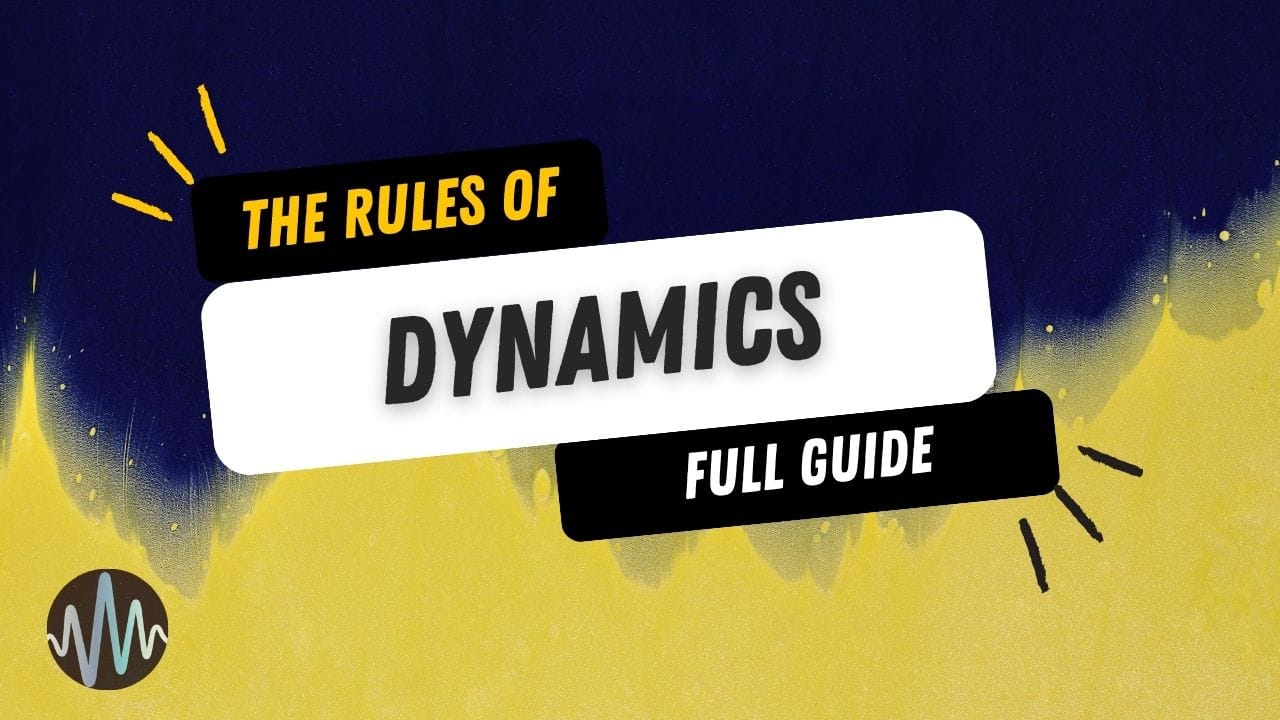Advanced Layering Strategies To Improve Your Mixes
One of the key aspects to a great audio creation is mastering the technique of dynamic layering. This involves blending various sound elements in a way that adds depth, texture, and nuance to a mix. In this post, we will check out dynamic layering, offering insights and practical tips to help with your music production skills.
Understanding the Basics of Dynamic Layering
- Conceptualizing Layering: Layering is essential in adding complexity and depth to your mix. It involves combining multiple sound sources to create a fuller, more intricate sound.
- Selecting Sounds: Choosing complementary sounds is crucial. Consider elements like frequency range and timbre. For instance, layering a bass sound at 50-100Hz with a mid-range synth playing around 500-1000Hz can create a balanced and harmonious blend.
Advanced Techniques for Dynamic Layering
Strategic Sound Selection
- Frequency Management: Balance different elements by considering their frequency range. Use a high-pass filter to cut frequencies below 50Hz on non-bass elements to reduce muddiness.
- Dynamic Control: Utilize compression with a ratio of around 4:1 and a threshold that activates compression when layers overlap, ensuring a consistent dynamic range.
Spatial Considerations
- Stereo Imaging: Use panning to allocate space for each layer. For instance, pan one synth 30% left and another 30% right to create a wide stereo image.
- Depth Creation: Apply reverb with a decay time of around 1.5-2 seconds for background layers to add depth. Use less reverb on foreground elements to keep them prominent.
Creative Approaches to Layering
Experimenting with Textures
- Texture Blending: Combine synthetic sounds with organic textures. For example, layer a digital pad with a recorded ambient sound like rain, adjusting the levels to blend smoothly.
- Rhythmic Layering: Layer rhythmic elements, such as a shaker loop at a lower volume beneath a main drum pattern, to add subtle complexity.
Automation and Movement
- Dynamic Automation: Automate the volume of a layer from -3dB to 0dB across a four-bar loop to create a sense of movement.
- Interactive Layers: Use side-chain compression linked to the kick drum, with a release setting of around 200ms, to create a pumping effect on a bassline or pad.
Advanced Tips and Tricks
Fine-Tuning Your Layers
- EQ Sculpting: Use a bell curve EQ to boost key frequencies. For instance, a 3dB boost at 2kHz can enhance the clarity of a lead synth.
- Harmonic Enhancement: Add saturation with a drive setting of around 20% to blend layers and enrich harmonics, particularly effective on bass layers.
Layering in Different Genres
Genre-Specific Techniques vary greatly. Tailoring layering techniques to fit the stylistic needs of different music genres. Here is an example for a techno track.
Layering Techniques for Techno Tracks
When producing techno, layering is a fundamental technique that adds depth, texture, and complexity to tracks. Techno, known for its repetitive and hypnotic rhythms, relies heavily on the nuanced interplay of layers to create its signature sound.
Here are some key strategies for effective layering in techno:
Creating a Robust Rhythmic Foundation
- Kick and Bass Synergy: Start by layering your kick drum with a bassline. Ensure the kick has a punchy, mid-range presence, while the bassline provides a deep, rumbling low end.
- EQ each element separately to avoid frequency clashes, typically cutting below 40Hz on the kick and carving a small notch around 100-150Hz in the bass to allow the kick to punch through.
Enhancing Textures with Synth Layers
- Synth Stabs and Atmospheric Pads: Layer short, percussive synth stabs with longer, evolving pads. The stabs should have a sharp attack, sitting in the mid to high frequency range, while the pads fill the background with a lush, wide-spread sound.
- Apply a high-pass filter on the stabs around 200Hz to avoid muddying the mix.
Utilizing Percussive Elements
- Intricate Hi-Hat Patterns: Layer multiple hi-hat samples with varying timbres. Combine closed hi-hats with open ones, panning them slightly to different sides for a wider stereo image.
- Adjust the velocity and timing slightly for a more organic feel.
Balancing the Mix
- Dynamic EQ and Sidechaining: Use dynamic EQ to manage frequency overlaps, especially in the low-end.
- Employ sidechain compression to duck pads or ambient sounds behind the kick, creating a rhythmic pulsing effect that is characteristic of techno.
Integrating Sampling into Dynamic Layering Techniques
The Role of Sampling in Enhancing Layered Mixes
Sampling can improve how effective dynamic layering techniques come out in your tracks. By incorporating samples into your layers, you can bring out unique textures and sounds that can't be achieved with synthesis alone.
How to Effectively Use Samples in Layering
- Texture and Character: Samples, especially those of real-world sounds or vintage instruments, bring an unmatched texture and character to your mix.
- Layering a sampled vinyl crackle or a field recording over a digital pad can add warmth and organic feel.
- Drum Layering: In genres like techno or hip-hop, layering sampled drum hits with synthesized ones can create a more complex and rich sound.
- A sampled snare with natural room reverb, layered over a tightly synthesized snare, can enhance the body and space of the beat.
Why Sampling Helps Layering
- Unique Soundscapes: Samples can provide unique sonic elements that are difficult to recreate with synthesizers, offering an additional dimension to your layered mixes.
- Historical and Emotional Connection: Using iconic samples, such as famous drum breaks or classic instrument riffs, can evoke certain emotions or nostalgic connections, adding depth to your music beyond the sonic qualities.
Final Words
Dynamic layering is an essential technique for modern music production, offering endless possibilities for creativity and sonic exploration. By understanding the fundamental principles and experimenting with advanced strategies, producers can craft mixes that are rich, detailed, and emotionally engaging. The key is to maintain balance and clarity while exploring the vast landscape of sound layering. Remember, the goal is to create a cohesive and captivating audio experience that resonates with your audience.







Comments